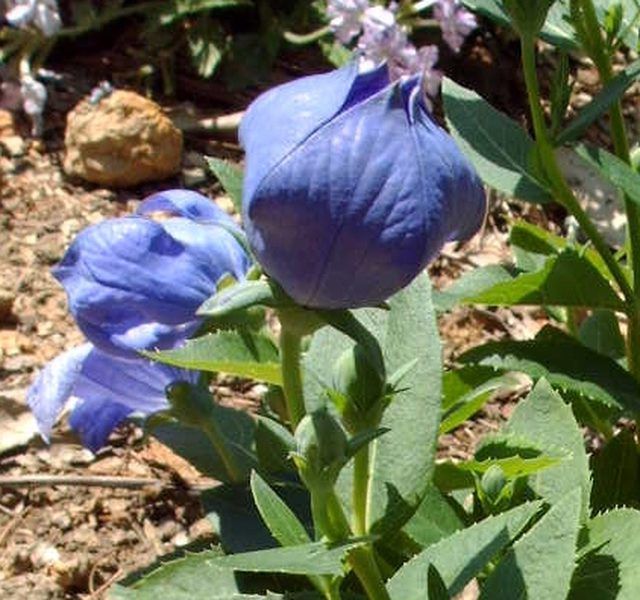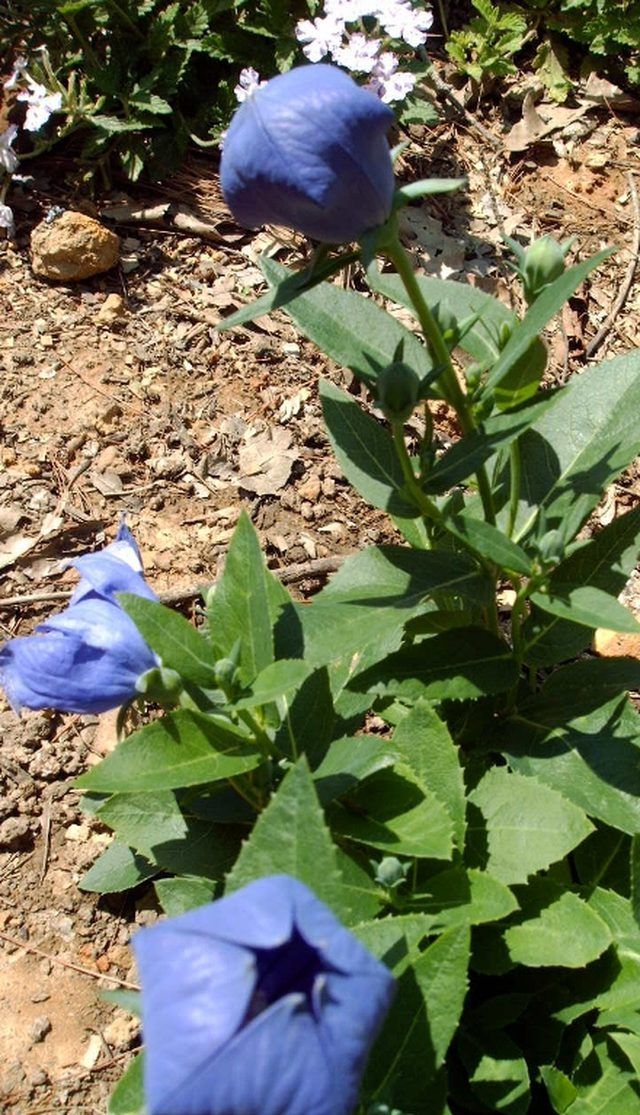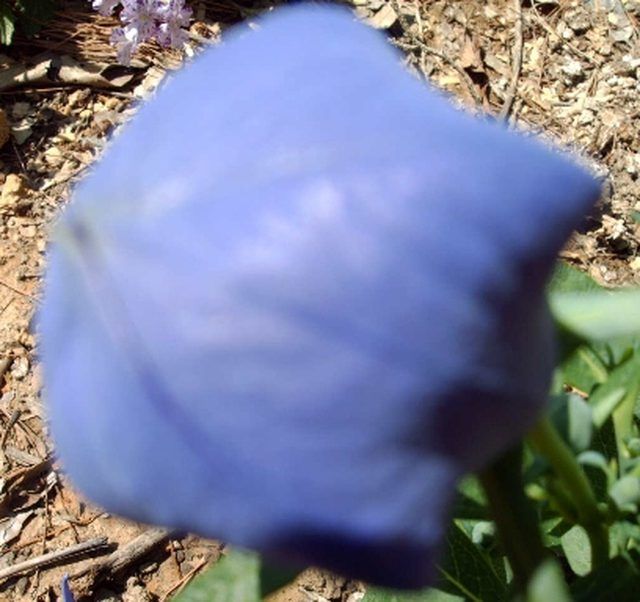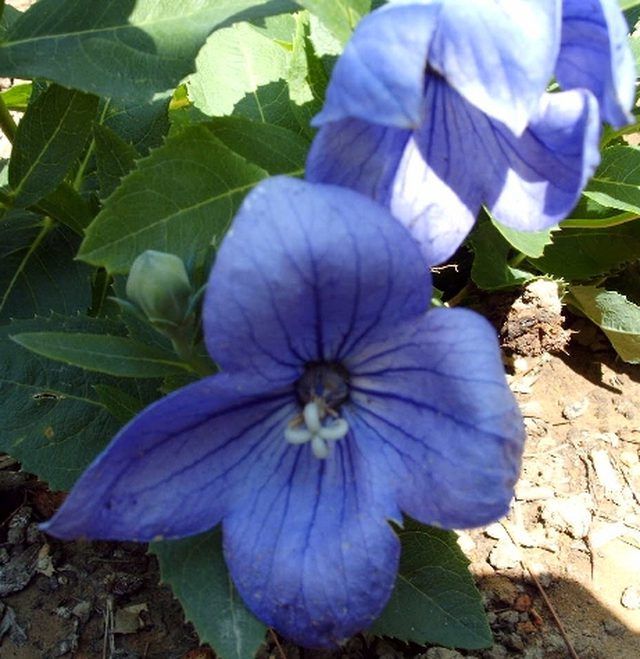Bulbs
Flower Basics
Flower Beds & Specialty Gardens
Flower Garden
Garden Furniture
Garden Gnomes
Garden Seeds
Garden Sheds
Garden Statues
Garden Tools & Supplies
Gardening Basics
Green & Organic
Groundcovers & Vines
Growing Annuals
Growing Basil
Growing Beans
Growing Berries
Growing Blueberries
Growing Cactus
Growing Corn
Growing Cotton
Growing Edibles
Growing Flowers
Growing Garlic
Growing Grapes
Growing Grass
Growing Herbs
Growing Jasmine
Growing Mint
Growing Mushrooms
Orchids
Growing Peanuts
Growing Perennials
Growing Plants
Growing Rosemary
Growing Roses
Growing Strawberries
Growing Sunflowers
Growing Thyme
Growing Tomatoes
Growing Tulips
Growing Vegetables
Herb Basics
Herb Garden
Indoor Growing
Landscaping Basics
Landscaping Patios
Landscaping Plants
Landscaping Shrubs
Landscaping Trees
Landscaping Walks & Pathways
Lawn Basics
Lawn Maintenance
Lawn Mowers
Lawn Ornaments
Lawn Planting
Lawn Tools
Outdoor Growing
Overall Landscape Planning
Pests, Weeds & Problems
Plant Basics
Rock Garden
Rose Garden
Shrubs
Soil
Specialty Gardens
Trees
Vegetable Garden
Yard Maintenance
How to Grow Balloon Flowers
How to Grow Balloon Flowers. Platycodon or balloon flowers, get their name from the balloon-like shape of the blossom before it opens in late summer and early fall. Growing in USDA zones 3 to 8, these perennials go upwards to two feet tall, in a range of blue shades, although white and pale pink flowers are available as well. Balloon flowers are...

Platycodon or balloon flowers, get their name from the balloon-like shape of the blossom before it opens in late summer and early fall. Growing in USDA zones 3 to 8, these perennials go upwards to two feet tall, in a range of blue shades, although white and pale pink flowers are available as well. Balloon flowers are easy to grow and will create a conversation piece in any garden.
Things You'll Need
Balloon flowers
Shovel
Compost or organic matter
Water
Plant food
Pruning shears
Select a site in the flower garden for the balloon flowers. They grow in either full sunlight or dappled sunlight with well-drained soil. Balloon flowers need room to grow; a mature plant is two feet tall by two feet wide. Since they are compact and slow spreading, choose a spot where they can remain for several years.
Dig a hole that is deeper than the root system. Mix compost or organic matter into the removed soil. Place a little of this mixture to the bottom of the hole and put the plant in; add the remaining soil around the plant and carefully tamp it down to remove air pockets. Water thoroughly to settle the soil.

Water the balloon flowers daily for two weeks, until the flower is established in the garden and new growth appears. After that, water the bedding plants regularly, especially during dry spells in the spring and summer.

Apply a complete plant food once new growth appears. Slugs can be a major problem and will devour new growth. These can be picked off by hand or treated chemically.

Cut spent flower stems back to the ground and cut the entire plant to the ground after the blooming season in mid fall. Due to their late blooming habits, it's a good idea to mark the location of the flower in the garden. That way, they won't be mistaken for a weed the next year and accidentally pulled out of the garden.
Tips & Warnings
Balloon flowers can be cut for a vase.